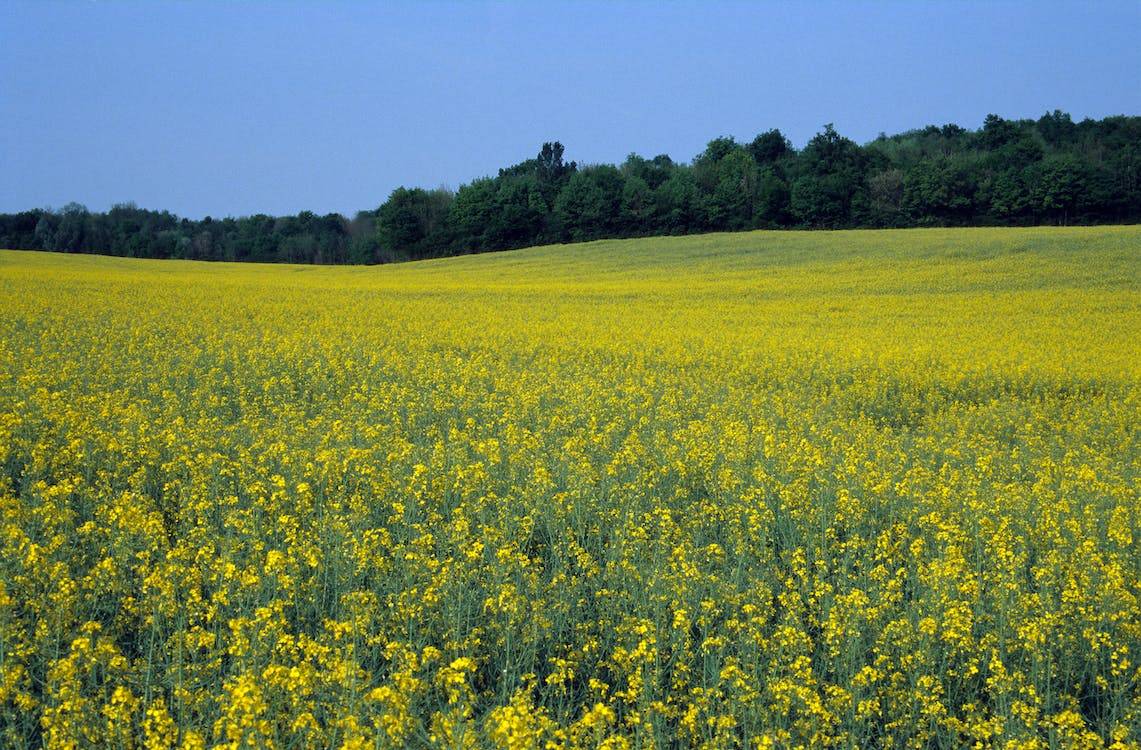
The sowing area for pulses and coarse cereals, however, has increased year on year, while the area for rice and oilseeds has decreased. The data shows that the area for pulses and coarse cereals has increased from 18.44 lakh hectares to 19.61 lakh hectares, and from 11.3 lakh hectares to 11.7 lakh hectares, respectively.
On the other hand, the area for rice and oilseeds has decreased from 29.80 lakh hectares to 27.89 lakh hectares and 10.85 lakh hectares to 9.96 lakh hectares, respectively. The summer crops include green gram, jowar, bajra, ragi, maize, groundnut, sunflower, and sesame.
In India, there are three farming seasons, namely summer, kharif, and rabi. Rabi crops are planted in October and November and are harvested between January and March, while kharif crops are planted in June-July and harvested in October-November. Summer crops are grown between the months of rabi and kharif.
The Union Agriculture Ministry has set a target of producing 3,320 lakh tonnes (332 million tonnes) of food grains in 2023-24, up from the previous year's projection of 3,235 lakh tonnes.
The target for pulse output has been set at 292.5 million tonnes, up from 278.1 million tonnes this year, and oilseed production will be boosted from 400 million tonnes to 440 million tonnes in 2023-24. The millet production target for 2023-24 has been raised to 170 lakh tonnes from 159.1 lakh tonnes in 2022-23.
The government plans to increase crop area by intercropping, crop diversification, and productivity development through the introduction of higher-yielding seeds and the use of appropriate agronomic practices in low-yielding regions.
India's agriculture sector is of great significance to the country's economy. It provides employment to more than half of the country's population and contributes significantly to the GDP. The government's focus on increasing agricultural productivity is critical for sustaining the sector's growth and ensuring food security for the country.
















